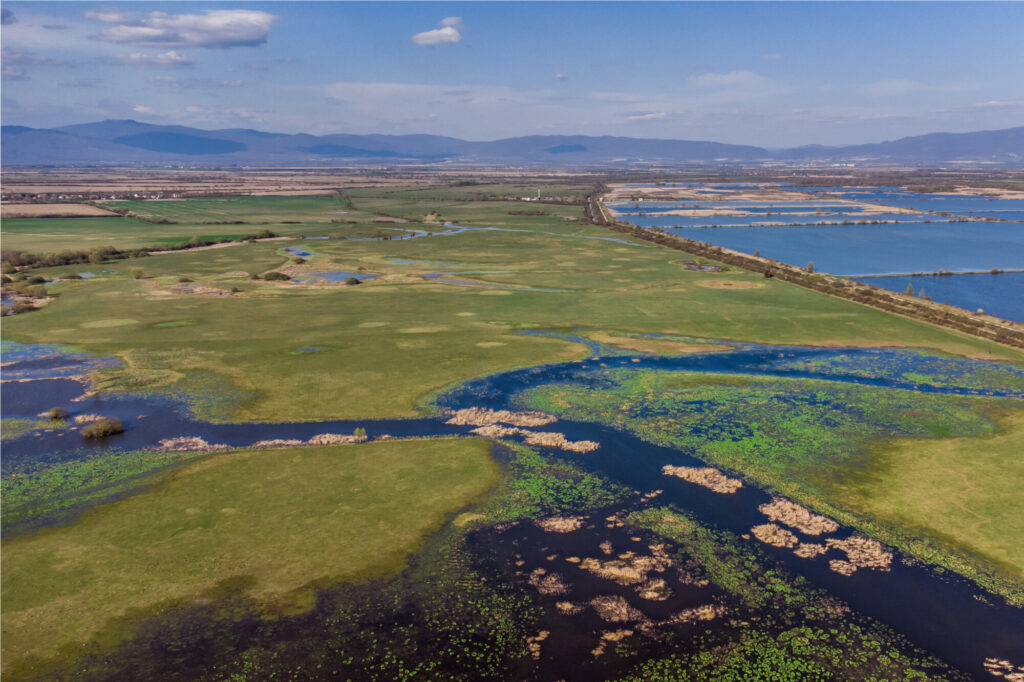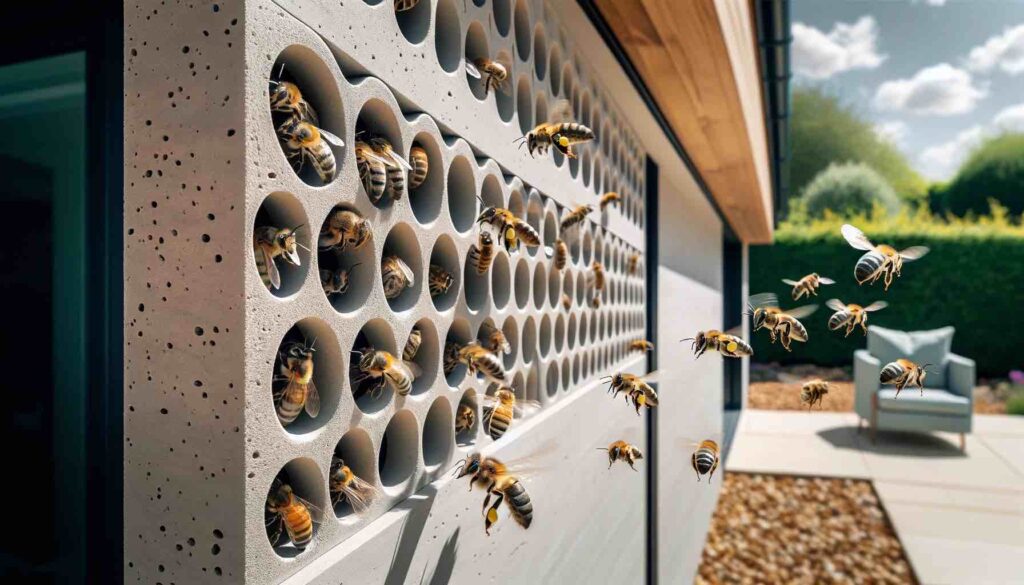Over thirteen yearsexperience in the industry
We can offer aMarket comparison
Accepted bymajority of high street banks
Recognised byUK Finance
Biodiversity, the Birds & the Bees…
 According to the Wildlife Trust, the UK has lost 97% of Lowland meadows since 1930 (1), with the government’s target of 300,000 homes a year, the UK will continue to see this percentage climb. As crucial as it is to meet this target for new homes, we must preserve our Nature and Wildlife.
According to the Wildlife Trust, the UK has lost 97% of Lowland meadows since 1930 (1), with the government’s target of 300,000 homes a year, the UK will continue to see this percentage climb. As crucial as it is to meet this target for new homes, we must preserve our Nature and Wildlife.
Developers, when building new homes, are obliged to minimise the risk to surrounding biodiversity and should provide a Protected Species survey (2), ecology report or environmental report for their planning application.
It’s important Planners and Developers understand different species, the types of environments these species live in and how we can mitigate damage to their habitats, with relevant developments including New Builds, Conversions, Demolition, Extensions and Roofing Work.
Examples of Protected species in the UK:

- Bats – Commonly found in derelict buildings, Traditional Barns/Oast houses.
- Badgers – Found in Suburban Meadows or Grasslands.
- Otters – Found in Costal Habitats.
- Dormice – Found in Woodland, Scrub or Hedgerows.
- Reptiles – Found in Woodland, Scrub or Hedgerows.
- Newts – Found in Woodland, Lowlands or slow flowing water bodies.
- Water voles – Found in Ponds or slow flowing water bodies.
- Barn Owls – Found in Traditional Timber frame buildings.
What can developers do to help?
- Hedgehog highways – A Hedgehog Highway is a series of holes in fence panels which allow hedgehogs to move freely between gardens and parks.
- Bat Boxes – Boxes on the outside of buildings at Roof Level
- Bee Bricks – Bee bricks are regular bricks with a collection of narrow openings, where solitary bees are known to nest. Brighton & Hove Council have recently passed a policy which states that all new buildings above five meters should include bee bricks and bird nesting boxes.
- Netting Bridges – Net Bridges across roads, to keep Species such as Bats above the level of Traffic. A good example of this A11 – Barton Mills.
- Necessary removal of trees – Ensure that trees/hedges that require removal are removed outside of nesting season.
- Hedgerows/Trees – A comprehensive biodiverse landscaping plan is essential.
- Badgers – Limiting work with heavy machinery during certain times of the day. Relocating and creating new Badger Setts.
- Sustainable Drainage System – Sustainable Drainage system’s managing surface water. The idea is to mimic natural drainage and can include Green Roofs, Permeable Paving’s & ponds.
Developers when building new homes, are obliged to minimise the risk to surrounding biodiversity. They are to provide a Protected Species survey, ecology report or environmental report for their planning application.
A local example is Trumpington Meadows just outside of Cambridge, a 1,200-home development, with 58ha of greenspace (3). The interesting design has allowed for the Greenspace to be in one single block, rather than dotted throughout the development, Allowing for a beautiful nature reserve and home to many species.
- Mix of Homes: Trumpington Meadows provides a wide mix of new homes to meet local housing needs, with 60% for private sale (New Build Warranty) and 40% affordable. (Affordable Home Warranty)
A further example is Mace’s recent announcement to create 2000m of Shallow foot drains at Fobbing Marshes, Essex (4). This will allow water to be held closer to the surface to improve the quality of the grassland for Wetland Birds & Invertebrates.
Biodiversity Net Gain
Biodiversity Net Gain is the idea of implementing systems which ensure the impacts of a development are overall positive and aims to leave the natural environment in a measurably better state than it was before, requiring a 10% minimum net gain for biodiversity, through enhancement or habitat replacement on or near a new development site.
Through the environment Act 2021, this will become mandatory from November 2023, which will enable developers to commit to Climate Change.
References
Copyright © 2024 Granite Building Warranties
Supported by Fox 360 Ltd
Granite Building Warranties Ltd is an Appointed Representative of Richdale Brokers & Financial Services Ltd which is authorised and regulated by the Financial Conduct Authority.
Granite Building Warranties is a company registered in England and Wales (Company Number 11497543) with its registered office at 1st Floor, 5 Century Court, Tolpits Lane, Watford, WD18 9PX

